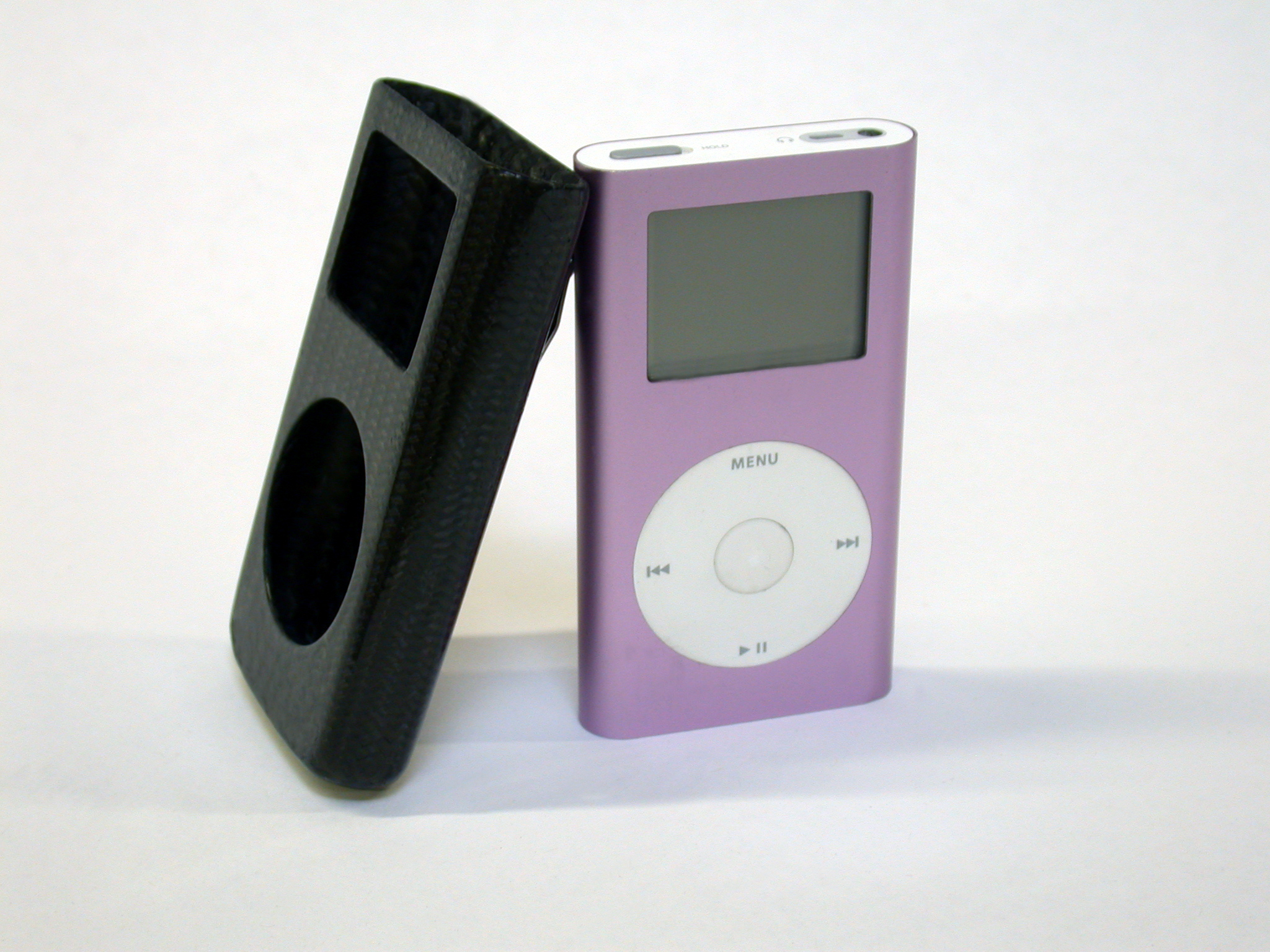It seems as though nearly everything “high performance” these days boasts some amount of carbon fiber in its construction. Originally used in aerospace, carbon fiber has moved into the mainstream and can be found in luxury automobiles, mountain bikes, and sports equipment.
Some laptops and cellphones even use printed decals to simulate this lightweight material’s cutting-edge look. The good news is that you don’t need a state-of-the-art manufacturing facility to work with carbon fiber composites. In fact, you can do it at home.
This article discusses some of the basics of carbon fiber construction and explains how to create a carbon fiber iPod case. All you need are some basic woodworking tools and skills, and the right materials. And because the same process also applies to fiberglass and Kevlar composites, these skills give you multiple ways of boosting your future projects to a new level!
Understanding Carbon Fiber
Composites are created from two or more dissimilar materials that act together as one. While concrete and plywood are technically composites, the term composite in industry has come to refer to reinforcement fibers held together in a resin matrix and formed in a mold. Carbon fiber is one of several textiles used in this class of materials. When joined together through a procedure called a layup, the fiber and the resin form a material with properties that exceed those of either constituent material.
As a rule of thumb, composites offer their greatest strength in the direction the fibers run — similar to how wood is strongest along the grain. Because of this, you can “tune” a composite’s strength characteristics by controlling and combining the directions of the fibers. If you want strength over the length of a part, simply align the fibers lengthwise. Likewise, if you’re making a tube that needs torsional (twisting) strength, it’s best to arrange the fibers helically, like springs, weaving them together with opposite rotations.
The bulleted section below describes the three most common forms of manufactured fibers: woven, unidirectional, and filament. Each general type can be produced from carbon, fiberglass, aramid (Kevlar), boron, basalt, and several other materials, which are chosen according to their particular physical properties.
- Woven (aka “cloth”)
- Comes in rolls and resembles the thick nylon fabric used in trampolines. Weave styles vary according to the fibers’ directional alignment, drape (how well the cloth conforms to mold surfaces), and wet-out (how easily the fibers can be infiltrated by resin).
- Unidirectional
- Comes in rolls and resembles a very fine, wide paintbrush. Composed of parallel fibers that are intermittently joined over their width by thin resin-coated fibers that keep the strands aligned into an easily usable form.
- Filament (aka “roving” or “tow”)
- Comes on reels as continuous strands of fibers, loosely gathered into a thread. It can be easily unwound and placed wherever necessary in a layup.
Resin is available in hundreds of different types, each with its own chemical and physical characteristics. In general, polyester, epoxy, and vinylester liquid resins are the most widely used in composite constructions.
You can also buy pre-preg fiber, which already has the resin mixed in. Pre-preg is easier and less messy to use, and it doesn’t waste resin, but it’s also more expensive, is more difficult to obtain, has a limited shelf life, and comes in limited resin types. Most pre-preg comes shipped cold and must be used immediately, or can be frozen (to retard curing) but must be used soon. Another type, elevated-temperature cure pre-preg, ships normally and is cured in an oven or autoclave. Molding a composite using pre-preg is known as a form of dry layup, while starting with separate fiber and resin is called wet layup.
When constructing high-performance composites, designers attempt to do several things at once: orient the fibers for highest strength, inhibit delamination (the peeling apart of fibers), and ensure dimensional accuracy. In addition, they try to minimize voids and bubbles in the composite, which weaken the structure, and keep the resin-to-fiber ratio down to somewhere between 50/50 and 40/60, which is the optimal range for strength and lightness. Many automotive enthusiasts who purchase carbon fiber hoods for their cars complain that they often weigh more than the original steel. This arises from too much resin, either in a thick, glossy top coating called a flood coat, or in a generally poor layup.



